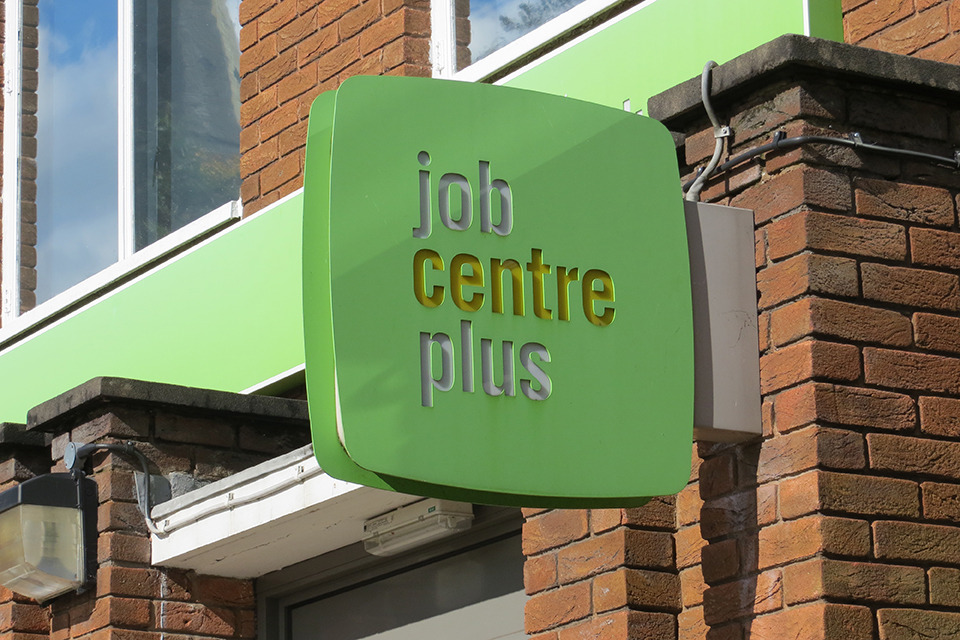Melanie Pittham of digital transformation specialists The BIO Agency outlines the key considerations in transforming cities for the benefit of citizens
The key to making a success of smart cities is “transforming infrastructure from the bottom up”, says Melanie Pittham Credit: The BIO Agency
“Urbanism works when it creates a journey as desirable as the destination”
Architectural critic Paul Goldberg’s words have never felt as poignant as they do today, in a time when many of the world’s greatest cities are descending into chaos as factors like overcrowding, lack of adequate transit and rapid urbanisation mean that journeys through them are becoming less and less pleasant – and often even damaging to people’s health.
Take, for example, Delhi or Beijing – it’s no surprise that these are two of the most polluted cities in the world due to unplanned, highly concentrated population growth, presenting both a severe risk to the public and, if not tackled, the potential to cripple workforces at significant costs to businesses, as well as disrupting major transportation routes in and out of cities, such as flights and trains. As conditions here worsen and inner-city communities are squeezed out, we will see further displacement, fundamentally diminished living conditions, and the increased likelihood of poverty and disease.
Related content
- ‘I cannot buy a promise’ – strategy chief of UK’s fastest-growing city on the challenges facing smart cities
- Smart cities ‘doomed to fail’ without proper financing and senior buy-in
- Manchester looking for proposals for smart city pilots
UK cities like London, of course, are still worlds away from these overpopulated urban sprawls – but we are rapidly catching up. The government’s response to the country’s air pollution, which is regularly found to exceed safe levels, has been widely dismissed as half-hearted, and it’s clear that something must be done urgently. But cities, like their citizens, don’t become ‘smart’ overnight – so here are some measures the UK can take to catch up with shining global examples like Barcelona, Masdar City in Abu Dhabi, and Songdo in South Korea in terms of innovation across urban systems.
Put the smart money on new network capabilities
It might seem basic – because it is – but decent connectivity is key if a city is to coordinate its transport systems, load bear traffic, or anticipate and repair damaged infrastructure before it causes real problems. Even in technologically advanced countries, reliable and fast connectivity is not a given. The developments of alternative methods, such as ‘visible light’, have the potential to offer a far more efficient way of transmitting data than radio waves, with greater capacity. Tests in Tallinn, Estonia, found that ‘Li-Fi’ (Light Fidelity) technology achieved speeds of 1GB per second, beating traditional Wi-Fi a hundred times over.
Invest in systems that are built to talk to each other
The very nature of ‘smart’ is the ability to gather and process data and self-educate in order to make decisions and anticipate needs. Without interoperability, it will be impossible to extract meaningful insights to power the innovation needed for change – so, the government must invest in an open technology infrastructure in order to make the massive amounts of data collected by a smart city useful as quickly as possible.
Enter into an ‘on-demand-first’ transport mindset
Governments need to embrace the shift from personal transportation to a shared, on-demand first mobility model; rising vehicle costs, longer commutes, and emissions targets – as well as the expansion limitations of transport routes – are already fuelling an on-demand model of autonomous public transit, shared ownership and pooling. The effects of Uber on existing public transport models have yet to fully emerge, but in the meantime the government needs to be examining ways of making the most of every tool at their disposal to create modes of mass public transportation that make inter-city journeys and commutes as easy as possible for citizens.
For example, in Barcelona, initiatives like on-demand bike sharing and electric cars complement the investment into improved bus journeys through ‘talking’ bus stops which provide valuable insights to networked vehicles and leverage wait time as a two-way value exchange. Similarly, parking systems have been carefully considered, with the introduction of intelligent sensors that automatically guide people to available parking spaces, reducing congestion and emissions.
It’s crucial that transforming infrastructure from the bottom up is a key social and moral consideration for governments during the planning phase of any city development. Cities will only become smarter through the careful implementation of core foundations that support the intelligent micro-initiatives that will make a real and valid difference to lives. As with all innovation, there will be lessons along the way, but it’s imperative that the catalyst for change is not shiny new technologies, but rather a responsibility to focus on making it easy for people to adapt their behaviours in order to experience better lives in the UK’s future cities.



